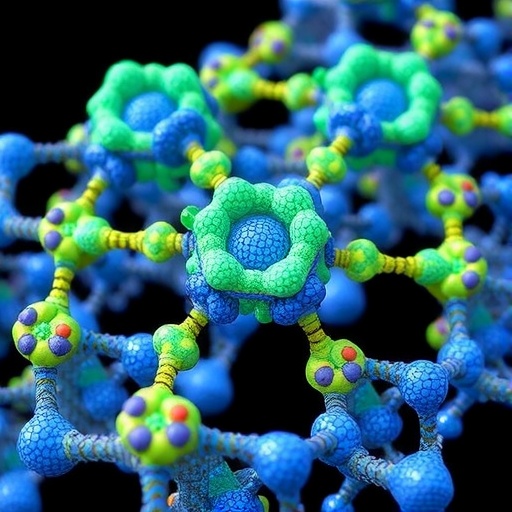MAYWOOD, IL. — Loyola Medicine has launched a research program to study a new treatment approach for stroke and spinal cord injury patients that involves electrically stimulating nerves.
The Kalmanovitz Central Nervous System Repair Research Program is funded by a $500,000 gift from the Kalmanovitz Charitable Foundation. The program is directed by Loyola neurosurgeon Russ Nockels, MD, who has been treating and studying spinal cord injuries for 30 years.
The goal of the research is to improve a patient's ability to function and to develop a relatively inexpensive treatment that could be adapted worldwide. While such treatment isn't expected to completely reverse the effects of a severe stroke or paralysis from spinal cord injury, it could improve the patient's quality of life.
"We're trying to move the needle," said Dr. Nockels, a professor in Loyola Medicine's department of neurological surgery. "The generous donation from the Kalmanovitz Charitable Foundation will enable us to accelerate our research, which ultimately could significantly improve the lives of stroke and spinal cord injury patients."
The theory behind electrical stimulation treatment is based on the central nervous system's ability to adapt to a stroke or spinal cord injury by changing its wiring and circuitry. (This ability is called "activity-dependent plasticity.") A simple activity such as moving an arm or a leg can enhance plasticity and thus improve recovery from a spinal cord injury or stroke. Previously it was believed that function could not be restored following brain and spinal cord injuries. Damage to the central nervous system has been resistant to treatment efforts. However, with more research, such injuries eventually may be repairable.
A preliminary Loyola study found that electrical stimulation appeared to enhance activity-dependent plasticity. Researchers confirmed that stimulation resulted in significantly greater functional recovery regarding spinal cord healing compared to when stimulation was not used.
Following up on these promising results, Loyola researchers are developing a system that could be applied directly to patients. Such treatments would be offered during the critical first two weeks or so following the spinal cord injury. Once the electrical stimulation system is perfected, the Kalmanovitz Central Nervous System Repair Research Program would organize a multicenter trial to test it on newly injured spinal cord patients.
###
Media Contact
Jim Ritter
[email protected]
708-216-2445
@LoyolaHealth
http://www.luhs.org




